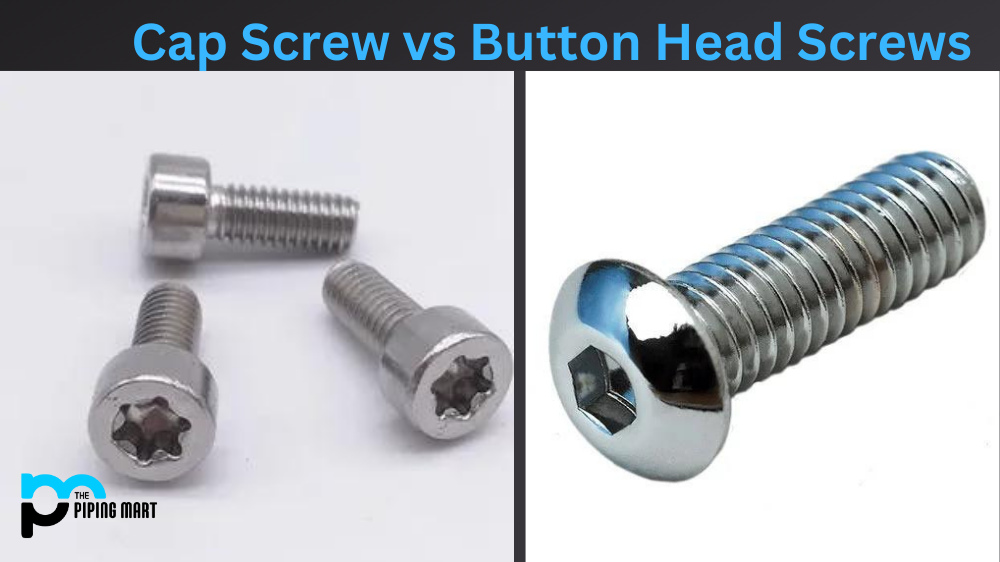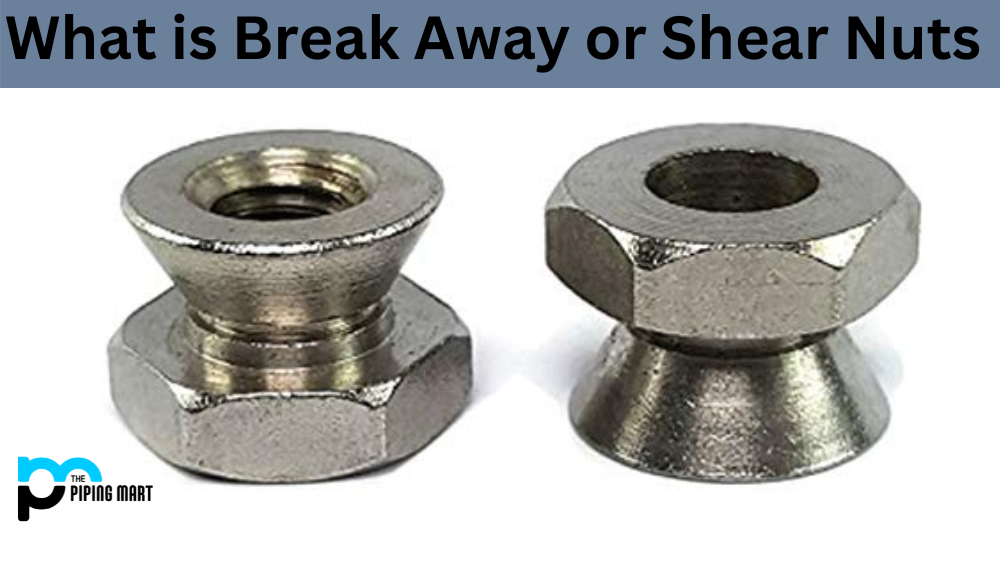When connecting two objects, having the correct type of screws is crucial. There are many screw types available in the market, but two of the most common types are cap screws and button head screws. This blog post will compare these two types of screws and help you understand which is better for your specific needs.
Cap Screws
Cap screws, also known as socket head screws, are known for their high tensile strength and durability. They have a cylindrical head with a flat top and a hexagonal socket at the bottom. Cap screws are commonly used in applications requiring a more robust fastening, such as machinery, automobiles, and heavy equipment.
Button Head Screws
On the other hand, button head screws have a round head with a low profile designed to be countersunk into a surface. They have a screwdriver slot or hexagonal socket at the top to drive the screw in. Button head screws are ideal for applications where a flush finish is necessary or where there is limited clearance.
What difference Between Cap Screws and Button Screws
Strength
When choosing between cap screws and button head screws, the main factors to consider are the strength requirements and the final product’s appearance. Cap screws are generally stronger than button head screws and are preferred when strength is a priority. Button head screws, on the other hand, offer a sleek and neat finish, making them perfect for applications where aesthetics are essential.
Corrosion Resistance
Another factor to consider when choosing between cap screws and button head screws is the corrosion resistance required. Cap screws are typically made from materials like stainless steel, which offer excellent resistance against corrosion. Button head screws can also be made from stainless steel, but their low profile may make them more susceptible to rust and corrosion over time.
Size
Cap screws and button head screws come in different sizes and lengths to suit a wide range of applications. Cap screws are available in diameters ranging from 1/4 inch to 3/4 inch, while button head screws are available in sizes as small as 1/8 inch. Choosing the right size and length for your application ensures a proper fit and optimal performance.
Other Differences
- Cap screws have a domed head with a flat bearing surface, while button head screws have a flat head with a small, raised button in the centre.
- Cap screws are typically used in applications where the head must be flush with the surface, such as in decking or using countersunk washers. Button head screws can be used in applications where a little height is needed, such as in an assembly where two pieces must be joined at right angles.
- Cap screws are typically made from low-carbon steel, while button head screws can be made from various materials, including stainless steel, brass, and aluminium.
- Cap screws are usually tightened with a wrench or socket, while button head screws can be drawn with a screwdriver.
- Cap screws are typically less expensive than button head screws.
- Button head screws are typically more aesthetically pleasing than cap screws.
- Button head screws are less likely to loosen over time than cap screws.
- Button head screws provide more resistance to vibration than cap screws
Conclusion
In conclusion, both cap screws and button head screws have advantages and disadvantages. Cap screws are ideal for high strength and durability applications, while button head screws are great for applications requiring a flush finish or limited space. Ultimately, the choice between these two types of screws will depend on your specific requirements and the application in question. Consider factors like strength, corrosion resistance, and appearance before deciding.

Pipingmart is a B2B portal that specializes in metal, industrial and piping items. Additionally, we share the latest information and information about materials, products and various types of grades to assist businesses that are involved in this business.




